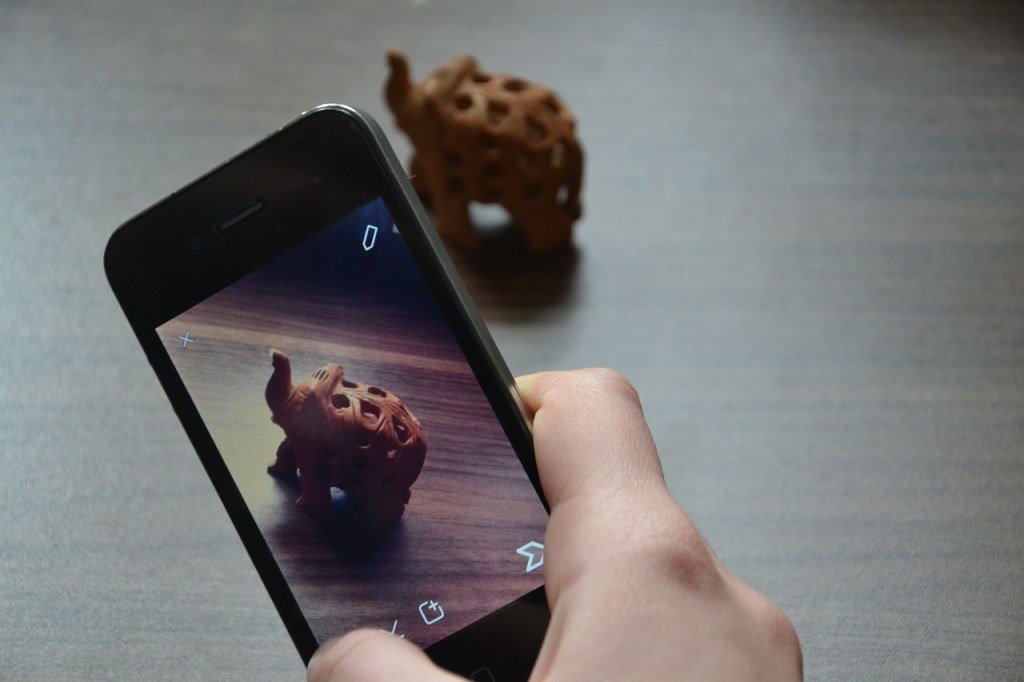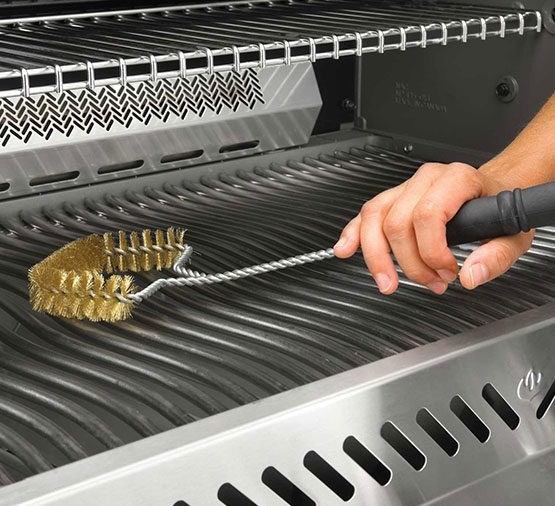Gone are the days when you had to have a good camera to take good photos. Most phones now come with a camera of some kind built into the body of the phone. This is great since you are far more likely to have your phone with you than your camera when your child does something cute or when the unexpected spontaneous moment happens. There are a few things that you need to keep in mind if you want to take good pictures with your phone though.
1. Try not to zoom
One of the problems with camera phones is that they use digital zoom instead of optical zoom. Too much digital zoom will cause your pictures to pixelate. The problem with digital zoom is that it does not actually adjust the focal length of the lens by changing the angles of the glass inside the lens. What digital zoom actually does is enlarge and crop a picture. The net effect is the same as enlarging a picture in Word or Photoshop.
There are other options. Instead of zooming in, get closer.

The great thing about getting closer is that, even if you do get more in the shot than you wanted, the entire picture will be the best quality that your phone can provide. If you want to get rid of the extra, simply crop the resulting photo. Getting closer to your subject also allows better control of the light. The automatic light adjustment on a camera phone can get confused if you are too far away from the subject of interest, and there are bright patches of light. You can block the patches of light out when you move closer.
2. Do not use the built in flash
The flash on a DLSR camera is very different to the flash on a camera phone. The built in flash is actually an LED light that does not give a very natural looking light on your photo. The resulting image is often over lit or harshly lit, and just does not look great. It is also a great way to ensure that you get red eye on your photos, which is fine if you are taking pictures of Halloween critters, but not so great if the picture is of your loving grandmother. The better option would be to find another, more natural source of light.
3. Use good apps
There are a number of apps that allow you to edit your photos on your phone. You do not have to download them to your computer if you want to sharpen or adjust the contrast on the picture you have taken. There is even a Photoshop Express that will run on your phone and give you the basics of Photoshop right there and then. Naturally, these apps are limited, and you should not expect to be able to do all the wonderful things that you can do with the full sized software on your computer, but a little editing before you send a picture to Instagram can really make all the difference.
One the subject of editing, don’t be tempted to use those really fake looking effects that are so popular. It seems to be really in vogue to add blur or color filters and lens flares to pictures taken with camera phones. In reality, the natural photo often looks far better. If you are going to edit your pictures, do something different and artistic.
In addition to editing, there are apps that give you better control over the settings on your camera phone. The more control you have over your camera the better your shots will be. The automatic settings on the camera phone will often be the best that the phone thinks it can do, but it is not necessarily smart or strictly correct.
4. Practice, practice, practice
The old adage of practice makes perfect still holds true. Even professional photographers had to practice with the cameras to be sure that they knew exactly what settings to use when. If you have been practicing with your camera phone you will already have it set up just the way you like it and can just whip it out and take the pictures that everyone else will miss because they are not ready for the moment.
Try different types of lighting, and figure out how much light your phone actually needs before the image is unrecognizable. Work out how much digital zoom you can use before the pictures start to pixelate. The more you know about how your camera phone reacts to the environment the better your images will be.
5. Remember the back camera is better than the front
Selfies are all the rage, and it’s a little odd to turn the phone around and use the back camera since it’s a bit difficult to make sure that you are focused on yourself. The back camera is the better quality camera though since phone manufacturers tend to put the better camera on the back with the front camera as a bit of a sales gimmick.
You can get a far higher quality, and more detailed picture using the back camera. Sure, the front camera will do just fine for selfies, but if you want good quality pictures that you can print and hang on your walls, rather use the back camera. If you need to be in the photo don’t be afraid to ask someone to take the photo for you.
Camera phones are fantastic inventions for the novice or recreational photographer. They are there and ready and waiting to take pictures whenever you need them. But if you want to take really good pictures with your smartphone, make sure that you get it set up correctly.
There is nothing worse than trying to turn off the flash or get the focus right, and seeing the moment flash by you before you actually take the picture. If you pay attention and practice with your phone you will actually be able to take decent pictures with your smartphone.
That’s it! Do you have any good apps or tips to spare?
Feel free to drop a comment down below!
Become a better version of yourself!
Let us help become a better version by sharing the best tips for men! Don't worry we tested everything ourselves first! Sign-up for free.


